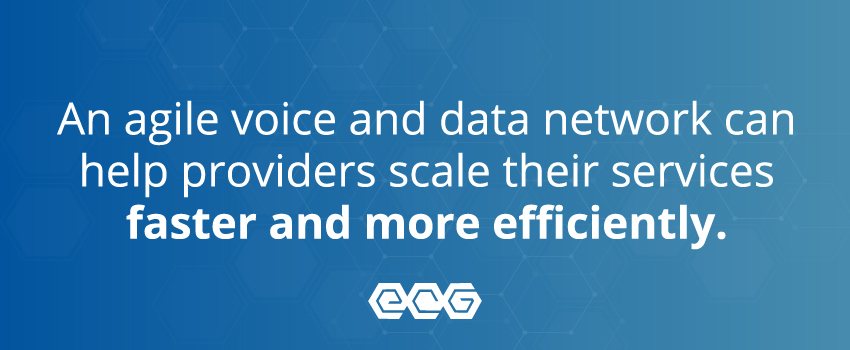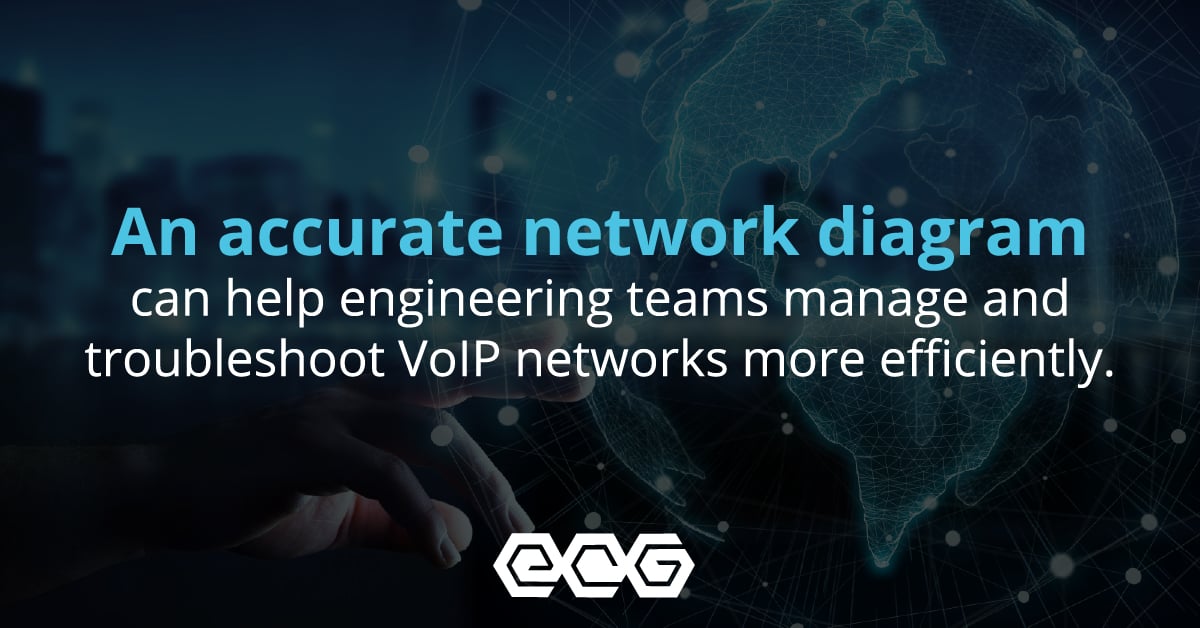A resilient network infrastructure isn’t a luxury for Voice & Internet service providers – it’s a strategic necessity. Everything from keeping customers connected to embracing emerging technologies depends on your network’s ability to adapt.
Unfortunately, upgrading network infrastructure can cost anywhere between $16,000 to $150,000 for an enterprise,1 and far more for a service provider. This is likely a price you’d prefer not to pay every few years. In this blog, we share five ways to prepare your network for longevity so you can keep your business competitive while avoiding premature upgrades.
1. Invest in Workforce Skills
A knowledgeable workforce is essential for setting service providers up for long-term success. By investing in training programs and professional development opportunities, you can equip your engineers with the skills to implement innovative technologies that secure and future-proof your voice networks.
Consider regularly updating your staff on packet capture and analysis for IP, SIP, and RTP. Ensure they're up-to-date on cybersecurity fundamentals, such as the NIST Cybersecurity Framework (CSF) and MITRE ATT&CK, so they can effectively troubleshoot and mitigate network security issues. Additionally, voice engineering education focused on UCaaS and CPaaS can help your team stay ahead of the curve when incorporating new technologies.
A skilled team helps you choose and deploy hardware and software using the best strategies, rather than simply reusing the approaches from the previous generation of systems, 5+ years ago.
2. Scale Smartly through Automation
Expanding your market presence to serve a wider user base can be next to impossible if your network isn’t agile. Aging infrastructure -- especially software -- typically decreases the quality of legacy voice and data services, and relying on manual deployment and provisioning to turn up new services can take too long.
Adopting a more agile network is the key to scaling faster and more efficiently. Automation helps you detect problems more readily, and deploy new services more rapidly. Programmable infrastructure and network automation tools, such as Ansible, and API-driven integration with Alpaca, can help you eliminate time-consuming processes and enable you to bring new, reliable services to market in minutes rather than weeks or months.

3. Supplement Your Staff
If your in-house staff is burdened by day-to-day network troubleshooting and routine tasks, they likely don’t have time to focus on completing projects that advance your network.
One real-world example: deploying encrypted voice services for HIPAA and NIST compliance may require 3 months of engineering on the front end, but a year or more to roll out to all markets and all customers globally. Instead of tying up your top performers for 15 months, you can bring in skilled engineering support to handle the rollout and implementation. Alternately, use senior architect-level engineers to perform the initial design, and rely on an Operations team to deploy into all markets.
A specialized staff augmentation services provider can supplement your existing team with engineering experts. With a dedicated project manager, your staff can gain expertise and guidance to meet digital transformation goals faster – and give your network what it needs to operate at peak performance.
4. Plan for M&As
All Merger or Acquisition activity comes with its share of IT challenges, but having a robust network infrastructure can ensure the integration process goes smoothly. Prep your network by evaluating its compatibility and interoperability with the acquiring or merging organization’s technologies and address any issues by implementing updates, patches, or middleware solutions.
Because planning for M&As can be daunting, you might consider working with a network integration specialist. They can provide guidance, perform assessments, and help your team develop and execute an integration plan that minimizes disruptions to your network. Before the ink dries, develop a long-term plan for integration and migration. And senior engineers can assess the needs of your human capital to provide the training and resources to keep the best talent on your team.
5. Prioritize Security
A data breach or attack can result in downtime, reduced productivity, and a loss of customer trust, so implementing strong network security measures is critical for ensuring longevity. While many IT professionals think mostly of cybersecurity as a priority for Enterprises, Service Providers are some of the top targets of cybercrime activity globally.2
Protect your network now to prevent initial intrusion, hardening network infrastructure and servers, creating effective logging, and deploying strong Multi-Factor Authentication (MFA) limiting access to Service Provider infrastructure (routers, switches, servers). Protect customers and your core business by segregating internal operations & management networks with their high-risk targets (Android phones and Windows PCs) from the platforms necessary to provide services. Regularly update your security strategy to address evolving risks, and work with professionals who stay in-the-know about the latest evolving threats for service providers. By taking steps to protect against cyber threats with the latest technologies, you can prevent potential financial losses and reputational damage that might impact long-term viability.
Future-Proof Your Network With ECG
No matter what you need to set your voice and data network up for success, ECG has the in-depth technical knowledge and expertise to help. Voice and Internet service providers around the world trust our engineering experts to design reliable, innovative communication networks. Along with network design, we can also help you plan for longevity with expert-led training, project management, and staff augmentation services.
Contact ECG today to learn how we can help you future-proof your network.
Sources:


